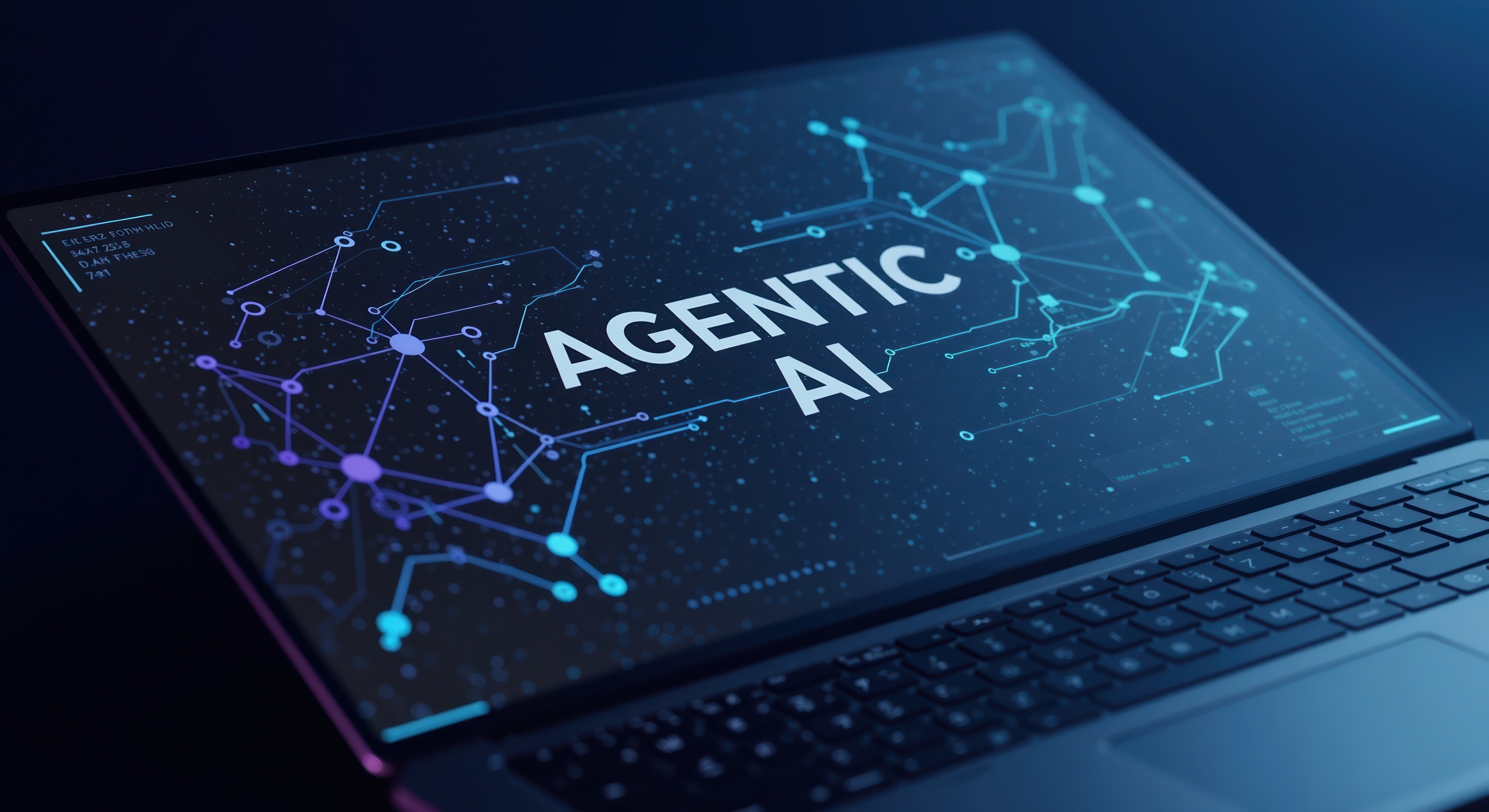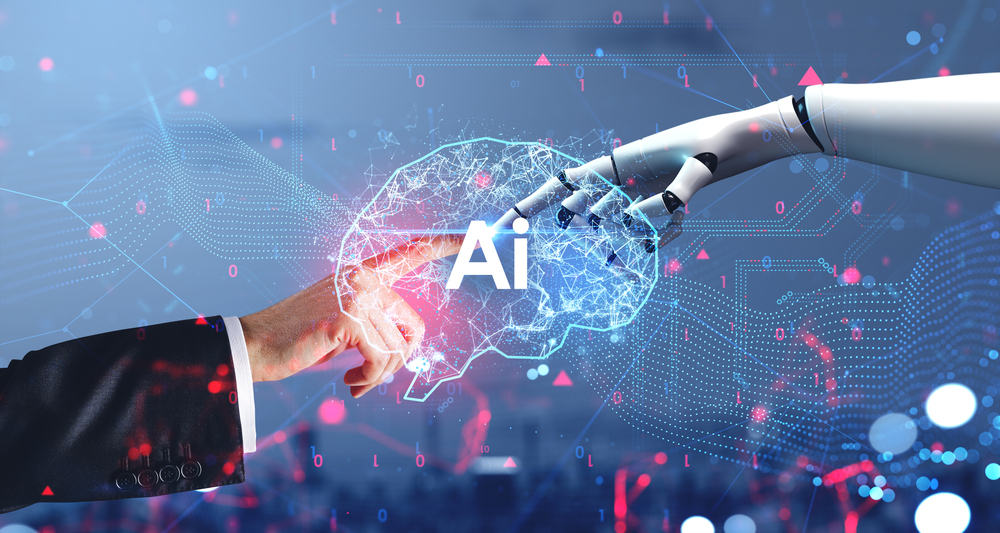
Is AI adoption the next great risk to data resilience?
With cyberattacks surging across every sector from critical national infrastructure to commercial businesses, it’s never been more vital for organizations to get control of their digital footprint and restrict access to their most sensitive data. Instead, organizations are being pulled in the opposite direction by AI, which is demanding access to as much data as possible to deliver much-hyped business solutions.
Organizations worldwide are pouring resources into AI innovation, with spending set to hit an astronomical $632 billion by 2028, according to Gartner. Some are even redesigning their organizational structure, introducing new AI-focused roles and even rerouting workflows as they deploy generative AI into day-to-day operations. At the same time, AI organizations are generating unthinkable amounts of investment with OpenAI raising another $40 billion already this year. It’s clear that AI is here to stay, but have organizations lost sight of their data resilience in a bid to keep up with the AI race?

Why 2025 is the year AI will revolutionize construction
Generative AI is the tech buzzword of the decade -- and the money has followed obediently. In 2025, American Big Tech firms alone announced an investment of $300bn in AI infrastructure. A year earlier, global venture capital investment into AI startups reached approximately $97 billion.
One sector that runs the risk of falling behind is construction. ONS Business Insights report only 12 percent of UK construction businesses use AI, which likely reflects (and contributes to) a more skeptical view of AI in the industry. Compared with UK employees across other industries, 11 percent fewer construction employees are excited by the prospect of AI in the workplace and 34 percent of construction workers are worried about the technology.

Why companies may be overthinking their cloud transformation
Cloud migration is an essential step for companies looking to scale, optimize, and future-proof their operations, but many organizations find themselves overwhelmed by the complexity of migration, often overthinking the process and getting stuck in a paralysis of what if rather than keeping focused on the more important why.
The problem with this hesitancy is that it is slowing progress for their overall digital transformation. Indeed, cloud migration is a complex journey, especially if the organization in question has multiple sites and decades of sunk costs in legacy technologies. But the cloud migration process can still be simplified and executed successfully, provided organizations focus on the right strategies.

The shift from on-call engineers to agentic incident management
Every engineering team I’ve been a part of has had a 10x engineer. They were active contributors to design reviews -- developing a deep, intuitive understanding of the product and every new feature. Beyond writing code, they reviewed every pull request, tracked every change across the product, and kept a mental map of how all the pieces fit together. They were in the right Slack channels, constantly evaluating process or infrastructure changes to understand how their team might be impacted.
They built operational dashboards, and spent the first 15 minutes of their day scanning key metrics to learn what “normal” looked like so they could spot anomalies instantly. They knew their upstream and downstream dependencies, tracked bugs and releases, and stayed up to date on the tools and platforms their team was built on. All of this context led to one inevitable, risky outcome: whenever something broke, they were the only one who knew where to look and how to fix it.

The intersection of wellness and technology: How AI is revolutionizing personalized health
Today’s patients expect medical care with a level of efficiency, accuracy, and convenience than ever before. Unfortunately, in a world where medical professionals are overworked and there is a significant shortage in the availability of labor in the healthcare industry, achieving this is easier said than done, which is why many medical professionals have turned to tools like artificial intelligence to boost their efficiency.
In the medical industry, AI has already been used by medical researchers for years, helping them with their experiments and research. However, innovators throughout the health and wellness industry -- including doctors and leaders of supplement companies -- are beginning to find ways to leverage the power of AI to make their operations more efficient and effective.

The core pillars of cyber resiliency
As we enter a new era of cybersecurity threats, which has prompted the evolution of new vulnerabilities, organizations are challenged on how to best respond to these evolving attacks. The threat landscape is more complex than ever causing organizations to grapple with new tactics to safeguard their critical data.
In 2024, ransomware surged rapidly in acceleration and sophistication, accounting for 23 percent of all intrusions in 2023 compared with 18 percent in 2022 according to Mandiant’s annual M-Trends report. Since the introduction of AI, the ability to automate its deployment can also be attributed to its exponential growth. Most notably, increasing its attack surface to target critical infrastructure, sensitive data, and operational capabilities.

AI-driven video is ushering in a new era of collaboration
The shift to hybrid and remote jobs continues to redefine the modern workplace. For the past several years, video conferencing has made global collaboration possible, breaking down barriers that once made a fully remote workforce seem like a far reality. And while this technology will continue to be a core component of day-to-day business, it has only scratched the surface of how video can support increasingly dispersed teams.
In fact, it actually may no longer be enough to sustain remote environments. As workers and employers continue to clash around return to office (RTO) mandates and employee engagement reaches a record low, it’s clear that we need a new approach.

Agentic AI might take years to transform security, but cyber defenders must prepare now
For the past two years, the world has been swept up in a rising tide of GenAI hype. The technology has evolved from a data science curiosity to a pervasive part of our everyday lives. ChatGPT alone has over 300 million weekly users worldwide -- and people use Large Language Models (LLMs) every day to generate text, images, music and more.
Despite GenAI’s widespread success, difficulty in developing robust applications that make use of trustworthy AI systems has proven difficult. This is most clear when noting the delta between consumer-facing GenAI applications relative to B2B integration of GenAI. But, with agentic AI this is about to change.

Exploring the security risks underneath generative AI services
Artificial intelligence has claimed a huge share of the conversation over the past few years -- in the media, around boardroom tables, and even around dinner tables. While AI and its subset of machine learning (ML) have existed for decades, this recent surge in interest can be attributed to exciting advancements in generative AI, the class of AI that can create new text, images, and even videos. In the workplace, employees are turning to this technology to help them brainstorm ideas, research complex topics, kickstart writing projects, and more.
However, this increased adoption also comes with a slew of security challenges. For instance, what happens if an employee uses a generative AI service that hasn’t been vetted or authorized by their IT department? Or uploads sensitive content, like a product roadmap, into a service like ChatGPT or Microsoft Copilot? These are some of the many questions keeping security leaders up at night and prompting a need for more visibility and control over enterprise AI usage.

The hidden cost of legacy systems: How they hinder ROI and digital transformation
At this point in time, it is essential for one’s company to transform digitally in order to stay competitive and work efficiently. Most organizations will pour money into new modern technologies to heavily improve ROI and operational performance while ensuring they stay relevant in the new digital world. However, there is a barrier that stands in the way of achieving the maximum benefits: legacy systems.
Outdated and old software, hardware, and technologies continue to slow down any organization's positive transformation. To make matters worse, legacy systems tend to derail digital transformation initiatives, leading to additional expenses, hidden costs, and delays.

Beyond traditional metrics: How to redefine AI success
In the past year, AI made great strides in moving past hype, so much so, that it’s hard to recall the early days of AI when the initial value of the technology was questioned. Today, as AI initiatives start to deliver widespread returns, enterprise CIOs are faced with competing forces of driving down core IT costs, while investing heavily in AI to drive business transformation.
A recent study of 2,400 IT decision makers, commissioned by IBM and developed with Lopez Research, underscores this optimism. The findings reveal that the vast majority of companies are making headway on their AI strategies, with nearly half already reporting positive financial returns from their deployments. The cost benefits have been especially pronounced for organizations using open-source AI tools -- 51 percent of surveyed companies harnessing open-source solutions reported seeing positive ROI, compared to just 41 percent of those that are not.

Would AI super agents mean goodbye to apps as we know them?
In the Western world, we now have an app for everything. Shopping, banking, gaming, and even controlling the temperature in your home - you name it, there’s an app for it. The iOS app store began in 2008 with 500 apps, yet, now there are over four million apps available across iOS and Android platforms. Each of these apps serve individual needs and consumers have learnt to ignore the digital clutter in favor of app loyalty.
Asia went the opposite way. Instead of narrow-purpose-built apps, they built the 'everything app' long before Elon started dreaming about it with platforms like Paytm, Grab and WeChat. But what would it take for the West to catch up? AI super agents might be the answer to that one.

IT teams, don't fall behind the AI curve
In the new age of AI, companies are looking for ways to integrate the groundbreaking technology cross-functionally to enhance efficiency, innovation and inform decision-making. Like any business department, IT teams are eager to learn how AI and automation can help alleviate more of the menial and burdensome tasks that consume large portions of their workday.
IT professionals are overworked, burnt out and feeling increasing pressure to do more with less. According to a recent survey of IT professionals, 78 percent reported that work stressors are preventing them from upskilling, and 44 percent said their workload is outweighing their ability to be productive. AI and automation can significantly help alleviate these burdens, but they must be implemented strategically and securely.

5 reasons customers are choosing a cybersecurity platform over point products
Cyber-attacks are becoming increasingly sophisticated and targeted, with the average number of weekly attacks per organization soaring to 1,673 in 2024 -- a 44 percent increase from 2023. In response, researchers and defenders are harnessing AI-powered analytics, anomaly detection and correlation engines to bolster security efforts. It’s an ongoing cat-and-mouse game that makes cyber compromise a question of when rather than if.
Effective defense hinges on resilience and minimizing the attack surface. However, many businesses are finding that traditional point-based solutions are leaving them with gaps in their security posture due to limited tools, skills or resources. There are five key factors that are leading organizations to look for a more sustainable and comprehensive platform-based approach.

Everything an IT pro needs to know about penetration testing
The vast majority of IT professionals will agree that in cybersecurity, waiting for an attack to happen in order to expose weaknesses is a losing strategy.
As such, many will be well-clued up on the benefits of penetration testing; from demonstrating a commitment to protecting sensitive data and ensuring ongoing compliance with industry regulations, to gaining a clearer understanding of security gaps, and strengthening incident response readiness.

